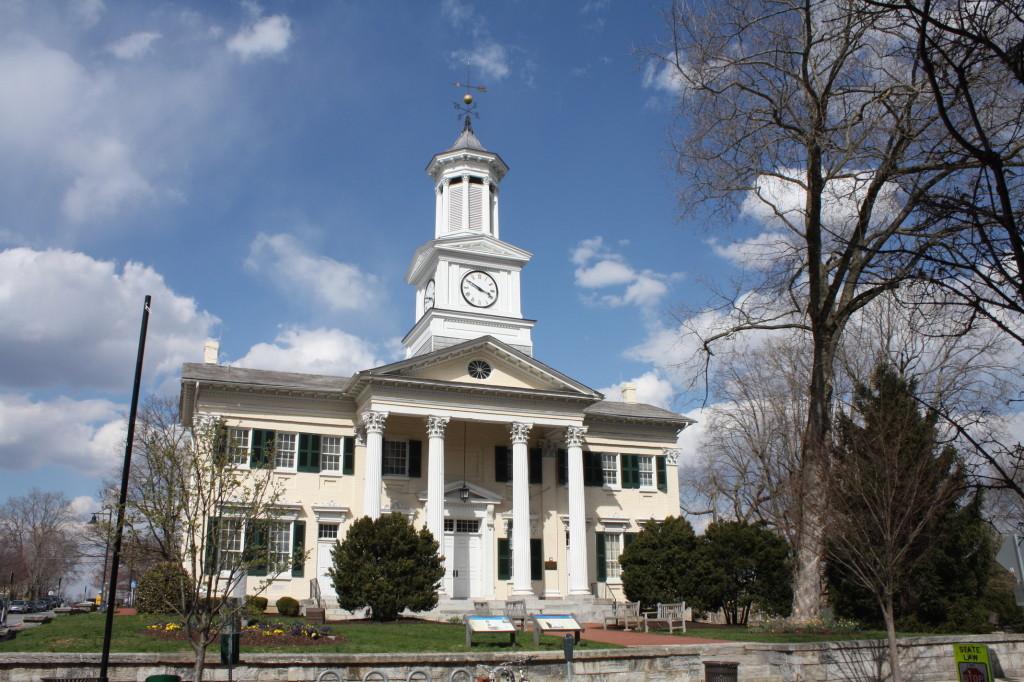By JODY PHIPPS
Shepherd University students opened their bills this summer to see that fall tuition had been raised 5 percent, a move that was approved last April by the University’s Board of Governors.
During the 2013-2014 school year, in-state students living on campus paid $15,786 in tuition while out-of state students who lived on campus payed $25,370. This year Shepherd students are paying more in tuition, and room and board, with in-state students paying $16,468 and out-of state students paying $26,526.
The tuition increase has sparked questions from the student body. Brittany Kief, a senior at the university wants to know, “Where is this extra money going?” and, “How am I benefiting from the increase?”
This year’s tuition increase can be attributed to several different factors. According to Suzanne Shipley, president of the university, annual inflation of about 3 percent to 4 percent as well as the decrease of state support were key factors in the decision to raise tuition this year.
“New costs are probably related most to having hired 45 more faculty than in 2001 and serving 25 percent more students, as well as adding technology that wasn’t needed earlier,” she said, adding that much of tuition money goes toward repairing the historic buildings around campus. “We spend nearly $3 million a year on this alone,” she said.
The state cut funding for Shepherd University nearly 4 percent this year. Over the past two years state funding has declined more than 15 percent. The tuition increase was implemented to “offset state budget cuts,” Shipley said.
“It’s not so much that costs have increased much beyond inflation but that the burden for those costs have shifted from the public sector to the private citizen. That means that fewer of our tax dollars go to education and more go to other state needs like roads, prisons, and health care,“ Shipley said.
Many people have argued that a bachelor’s degree is no longer worth the money invested.
According to a new paper by economists Jaison Abel and Richard Deitz of the Federal Reserve Bank, the rate of return for a four year bachelor’s degree has been hovering around 14 percent to 15 percent since 2000, “easily surpassing the threshold for a sound investment.”
Due to the rising price of a higher education, enrollment at the university fell short of projections this year. In an attempt to increase enrollment and bring in more revenue, Shepherd has hired a new admissions director, Kristen Lorenz. She said that lower enrollment can be attributed to many factors. One being that more high school graduates are beginning their college careers at a two-year community college. “This can be a great and affordable option for students,” she said.
“We will not be lowering our admissions criteria in an attempt to increase enrollment. We are aiming to be more strategic in our messaging and looking to improve our communication with prospective students,” she said.
